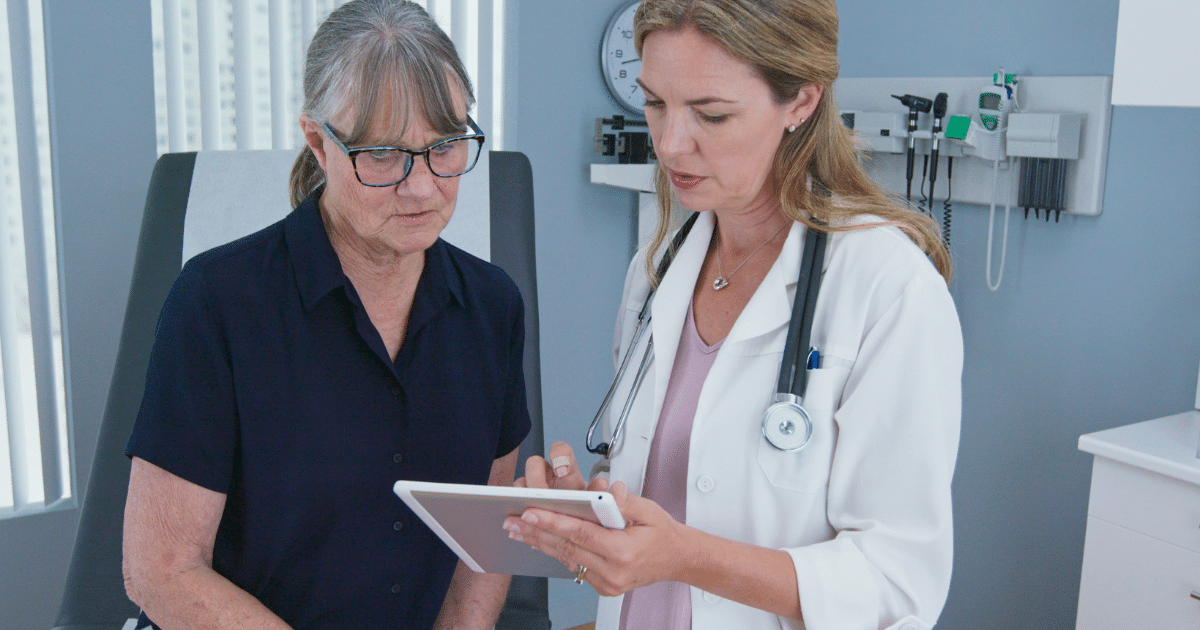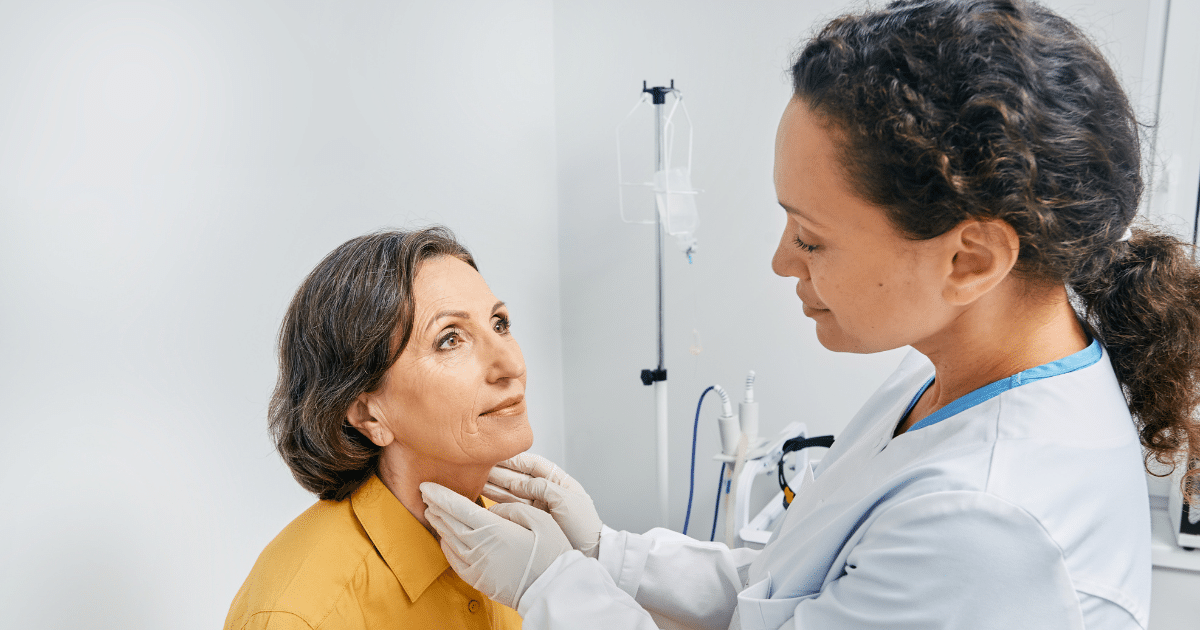In Connecticut, nearly one-third of adults report being told by a medical professional they have high blood pressure. There are many different types of high blood pressure, including pulmonary hypertension. Understanding what pulmonary hypertension is and what the symptoms are can help you recognize early warning signs and take steps to protect your health.
What Is Pulmonary Hypertension?
Pulmonary hypertension is a type of high blood pressure that occurs in your lungs. It affects the pulmonary arteries, the large blood vessels that bring blood from your heart to your lungs. It’s different from regular high blood pressure (systemic hypertension) which affects blood vessels throughout the body.
When the blood pressure in your lungs is higher than normal, your heart has to work harder to pump blood into the lungs. Over time, this can damage your heart and lead to a variety of pulmonary hypertension symptoms.
What Causes Pulmonary Hypertension?
There are many possible causes of pulmonary hypertension. The most common type of pulmonary hypertension is caused by left-sided heart disease, like left heart failure. Pulmonary hypertension can also be caused by lung diseases, including chronic obstructive pulmonary disease (COPD), pulmonary fibrosis, or sleep apnea.
Other potential causes of pulmonary hypertension include blood disorders, inflammatory conditions, and kidney disease. Sometimes, pulmonary hypertension develops without any known cause.
What Are the First Signs of Pulmonary Hypertension?
The symptoms of pulmonary hypertension tend to develop slowly. At first, you might not notice any symptoms, but over time, the symptoms can get worse. Some of the signs of pulmonary hypertension to watch out for include:
- Shortness of breath: In the early stages, you may notice shortness of breath when you exercise or do daily activities like climbing stairs. Later, you may have shortness of breath more often.
- Fatigue: You may have an overall feeling of being tired or not having enough energy to perform your daily activities.
- Chest pain: Pulmonary hypertension puts strain on the heart, which may result in chest pain or pressure.
- Dizziness: You may feel dizzy or lightheaded. This dizziness can cause fainting.
- Heart palpitations: Heart palpitations can make you feel like your heart is beating too fast, beating too hard, or skipping beats.
- Swelling: Swelling occurs when fluid builds up in the body. You may notice swelling in your ankles, feet, legs, or abdomen.
- Coughing: Pulmonary hypertension can cause a dry cough, meaning the cough doesn’t bring up mucus or phlegm.
- Wheezing: You may notice a high-pitched whistling noise when you breathe.
How Does Pulmonary Hypertension Affect Your Health?
Left untreated, pulmonary hypertension can have serious or life-threatening complications. Having pulmonary hypertension means your heart needs to work harder than usual to pump blood. This strain causes changes in the heart that can eventually lead to heart failure.
Pulmonary hypertension can also cause damage to the lungs. Potential complications include blood clots in the small arteries in the lungs or life-threatening bleeding in the lungs. It’s important to seek medical attention right away if you notice pulmonary hypertension symptoms.
What Type of Doctor Cares for People With Pulmonary Hypertension?
A pulmonologist is the type of doctor who cares for people with pulmonary hypertension. Pulmonology is the medical specialty that deals with the respiratory system, which includes the lungs and its blood vessels.
In some cases, pulmonologists work with other specialists to manage pulmonary hypertension. Depending on the underlying cause and severity of your condition, you might also see a cardiologist, rheumatologist, or other specialist.
How Is Pulmonary Hypertension Diagnosed?
Pulmonary hypertension can be difficult to diagnose because its symptoms, such as fatigue or shortness of breath, can be caused by many other health conditions. Pulmonologists have the expertise to assess these symptoms through a combination of a physical exam and diagnostic tests.
Diagnostic tests for pulmonary hypertension may include chest X-rays to get a look at the heart and lungs, echocardiograms to assess heart function, and lung function tests to determine how well your lungs work. To confirm the diagnosis, a right heart catheterization procedure may be done to directly measure the blood pressure in the pulmonary arteries.
How Is Pulmonary Hypertension Treated?
There is currently no cure for pulmonary hypertension, but there are many treatment options that can help manage your symptoms and improve your quality of life. Your pulmonologist will recommend a personalized treatment plan based on your individual situation. A pulmonary hypertension treatment plan may include:
- Lifestyle changes: Your doctor may recommend making certain changes to your daily habits, like eating less salt or getting regular physical activity.
- Pulmonary rehabilitation: Pulmonary rehabilitation is a supervised program that aims to help you breathe better. It may include exercises to strengthen the muscles you use to breathe.
- Medications: Your doctor may prescribe medications to relax your blood vessels, lower your blood pressure, or control how blood gets pumped through your body.
- Oxygen therapy: Supplemental oxygen may help you feel better if your blood oxygen levels are too low.
- Surgical procedures: If conservative treatments don’t provide enough relief, your pulmonologist may recommend surgery to lower the blood pressure in your pulmonary artery.
Looking for Pulmonary Hypertension Care in Connecticut?
If you’re noticing pulmonary hypertension symptoms, PACT Pulmonology can help. Our board-certified Connecticut pulmonologists provide expert diagnosis and tailored treatment for a wide range of lung-related conditions, including pulmonary hypertension. PACT Pulmonology’s offices are conveniently located in Orange and Guilford, Connecticut. Contact us today to request an appointment.







